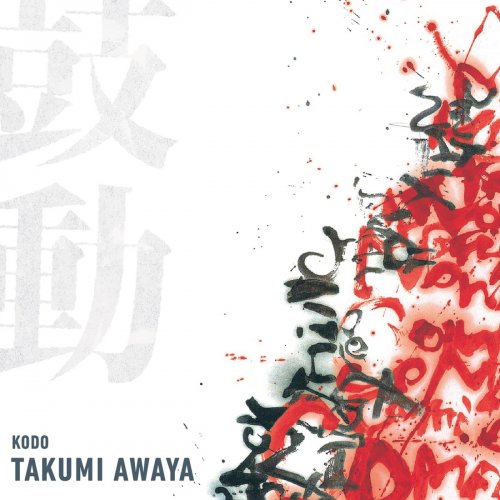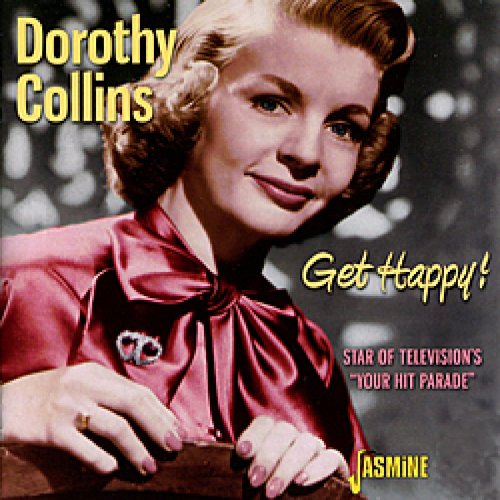Duke Ellington and His Orchestra - Jam-A-Ditty (1947/1989)
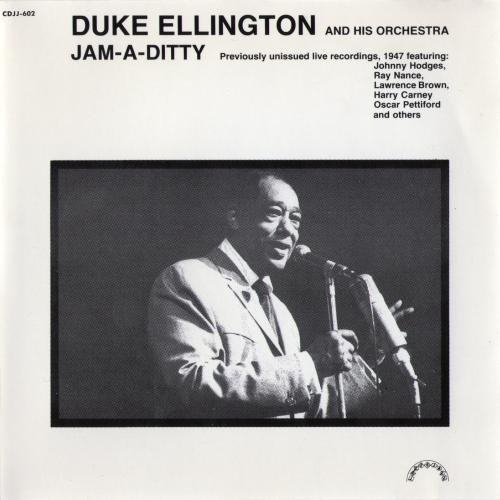
Artist: Duke Ellington and His Orchestra
Title: Jam-A-Ditty
Year Of Release: 1989
Label: Jazz & Jazz
Genre: Jazz, Big Band, Swing
Quality: FLAC (tracks+.cue, log, Artwork)
Total Time: 50:23
Total Size: 252 MB
WebSite: Album Preview
Tracklist:Title: Jam-A-Ditty
Year Of Release: 1989
Label: Jazz & Jazz
Genre: Jazz, Big Band, Swing
Quality: FLAC (tracks+.cue, log, Artwork)
Total Time: 50:23
Total Size: 252 MB
WebSite: Album Preview
01. Orchids for Madame (Ellington)
02. Golden Feather (Ellington)
03. Flippant Flurry (Strayhorn)
04. Jam-A-Ditty (Ellington)
05. Passion Flower (Strayhorn)
06. The Beautiful Indians: Minnehaha/Hiawatha (Ellington-Sears)
07. Caravan (Ellington-Tizol)
08. Brown Penny (Ellington-Latouche)
09. In a Mellotone (Ellington)
10. The Mooche (Ellington)
11. Prisoner of Love (Caskill-Columbo)
12. Happy-Go-Lucky Local (Ellington)
The 1947 Duke Ellmglon band line-up wasn't maybe one of the best but certainly didn't lack solo talent. Harold Baker and Ray Nance contrasted nicely in the trumpet section just as Lawrence Brown's open sober style did in Tyree Glenn's plunger growl in the trombone section. The reeds department was really fine and, as you will notice, only Paul Gonsalves's tenorsax was still needed (instead of Sears's) to make the all-time top saxophone section in jazz, the one that Duke had from 1956 to 19701 The rhythm section, one of Ellington's last to include a guitar, was really good, notably for Oscar Pettiford s presence. It may have been an obscure period, compared to pre-war and post-Newport (1956) days, but still an interesting one.
In 1947 Ellington was extensively featuring some new compositions that he had premiered in his January and November 1946 Carnegie Hall Concerts, and that he had recorded during his brief but fruitfull stay with the Musicraft record label. Nearly all of them were performend over the radio in the four remote broadcasts that took place in Denver Colorado during the band s two week engagement at the El Patio Ballroom. Thefirst two of them are included in this first volume and the others will follow shortly. To be honest, the first broadcast opens in a very unpromising way. Chester Crumpler wasn't an exciting singer at all and, in his hands, "Orchids for a Madame" goes unnoticed. Duke must have not been very fond himself of this song of his own, as it was very seldom performed and never recorded commercially. Luckily, things get much better as the broadcast goes on. Harry Carney's baritone is really majestic on Al Sears's composition "Golden Feather" and Jimmy Hamilton's clarinet is as elegant and witty as ever in "Flippant Flurry", a tune that Billy Strayhorn wrote especially for him.
These two, as well as " Jam-A-Ditty" and "Beautiful Indians" belong to the Carnegie Hall repertory discussed above, the former being a very interesting four horns feature utilizing some very advanced music devices. "The Indians" first section features the band's other singer, Kay Davis. Here we get some really fresh and stimulating vocal music, miles away from the bombastic Crumpler stuff. Miss Davis vocalizes some wordless music lines full of clever and unexpected turns with great assurance and full contrail.
Although by 1947 the Ellington book was full of Johnny Hodges'sfeatures, that particular evening the choice was the 1941 vintage "Passion Flower", really one of the very first melodies of the lyrical kind to be devoted to the peerless alto saxophonist (previous Hodges's specialities were in the blues and stompy vein, like "Jeep's Blues", "Swingin' on the Campus1'. "Wanderlust" and "The Jeep is Jumpin'')
Three days later, maybe on radio people's request, Ellington switched the broadcast program to his very well known classics New versions of "Caravan", "The Mooche" and "In a Mellotone" were played and, while the melodies must have been immediately recognized by the dancing public, the arrangements must have sounded pretty new and weird at
On the vocal side Kay Davis has Ellington's new and seldom heard "Brown Penny" where she reverts to her deep and dark contralto voice, so much different from the clear and high voice she displayed in her wordless efforts, whilst Mr. Crumpler lends his saccarine to the famous standard song, "Prisoner of Love".
Another new composition performed that dsy was "Happy Go-Lucky Local", the only section of Ellington's "Deep South Suite" to survive over the years. It's a very effective piece of music which you will immediately recognise as the non-Ellington opus "Night Train". Nobody but the "composer'' knows who really got the original idea but it doesn't matter too much. The important thing is that this beautifull piece of expressionist portrait of a running train is still with us to be enjoyed. To be sure, the Ellington version is much more tonally rich and full of contrasting colours than the others.
In 1947 Ellington was extensively featuring some new compositions that he had premiered in his January and November 1946 Carnegie Hall Concerts, and that he had recorded during his brief but fruitfull stay with the Musicraft record label. Nearly all of them were performend over the radio in the four remote broadcasts that took place in Denver Colorado during the band s two week engagement at the El Patio Ballroom. Thefirst two of them are included in this first volume and the others will follow shortly. To be honest, the first broadcast opens in a very unpromising way. Chester Crumpler wasn't an exciting singer at all and, in his hands, "Orchids for a Madame" goes unnoticed. Duke must have not been very fond himself of this song of his own, as it was very seldom performed and never recorded commercially. Luckily, things get much better as the broadcast goes on. Harry Carney's baritone is really majestic on Al Sears's composition "Golden Feather" and Jimmy Hamilton's clarinet is as elegant and witty as ever in "Flippant Flurry", a tune that Billy Strayhorn wrote especially for him.
These two, as well as " Jam-A-Ditty" and "Beautiful Indians" belong to the Carnegie Hall repertory discussed above, the former being a very interesting four horns feature utilizing some very advanced music devices. "The Indians" first section features the band's other singer, Kay Davis. Here we get some really fresh and stimulating vocal music, miles away from the bombastic Crumpler stuff. Miss Davis vocalizes some wordless music lines full of clever and unexpected turns with great assurance and full contrail.
Although by 1947 the Ellington book was full of Johnny Hodges'sfeatures, that particular evening the choice was the 1941 vintage "Passion Flower", really one of the very first melodies of the lyrical kind to be devoted to the peerless alto saxophonist (previous Hodges's specialities were in the blues and stompy vein, like "Jeep's Blues", "Swingin' on the Campus1'. "Wanderlust" and "The Jeep is Jumpin'')
Three days later, maybe on radio people's request, Ellington switched the broadcast program to his very well known classics New versions of "Caravan", "The Mooche" and "In a Mellotone" were played and, while the melodies must have been immediately recognized by the dancing public, the arrangements must have sounded pretty new and weird at
On the vocal side Kay Davis has Ellington's new and seldom heard "Brown Penny" where she reverts to her deep and dark contralto voice, so much different from the clear and high voice she displayed in her wordless efforts, whilst Mr. Crumpler lends his saccarine to the famous standard song, "Prisoner of Love".
Another new composition performed that dsy was "Happy Go-Lucky Local", the only section of Ellington's "Deep South Suite" to survive over the years. It's a very effective piece of music which you will immediately recognise as the non-Ellington opus "Night Train". Nobody but the "composer'' knows who really got the original idea but it doesn't matter too much. The important thing is that this beautifull piece of expressionist portrait of a running train is still with us to be enjoyed. To be sure, the Ellington version is much more tonally rich and full of contrasting colours than the others.
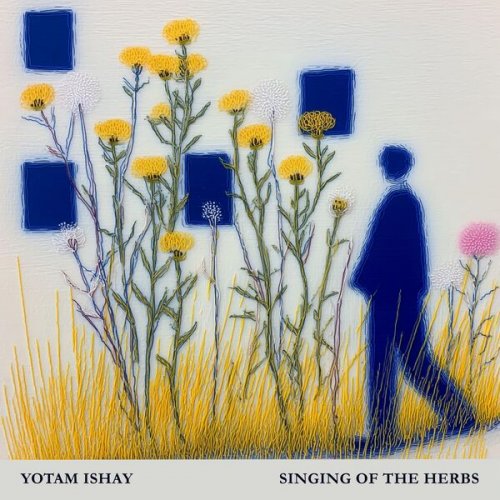
![Stille Grender, Eva Bjerga Haugen - Svart senker natten seg (2025) [Hi-Res] Stille Grender, Eva Bjerga Haugen - Svart senker natten seg (2025) [Hi-Res]](https://www.dibpic.com/uploads/posts/2025-12/1765550212_ktbxqyoaitggb_600.jpg)
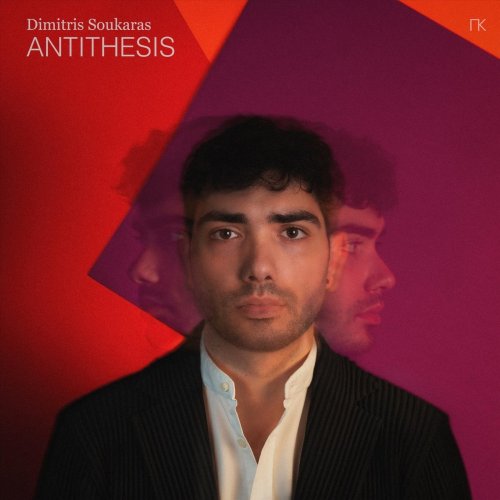

![Cosmic Swing Orchestra - JUL (2025) [Hi-Res] Cosmic Swing Orchestra - JUL (2025) [Hi-Res]](https://www.dibpic.com/uploads/posts/2025-12/1765510492_cover.jpg)

![Mark Pringle - New Customers (2025) [Hi-Res] Mark Pringle - New Customers (2025) [Hi-Res]](https://www.dibpic.com/uploads/posts/2025-12/1765497171_fb7vtyplm5lta_600.jpg)
